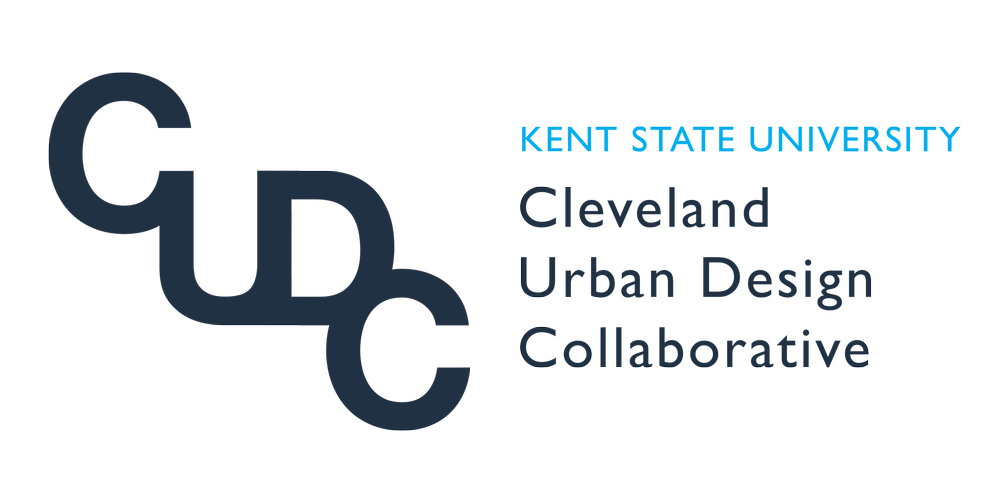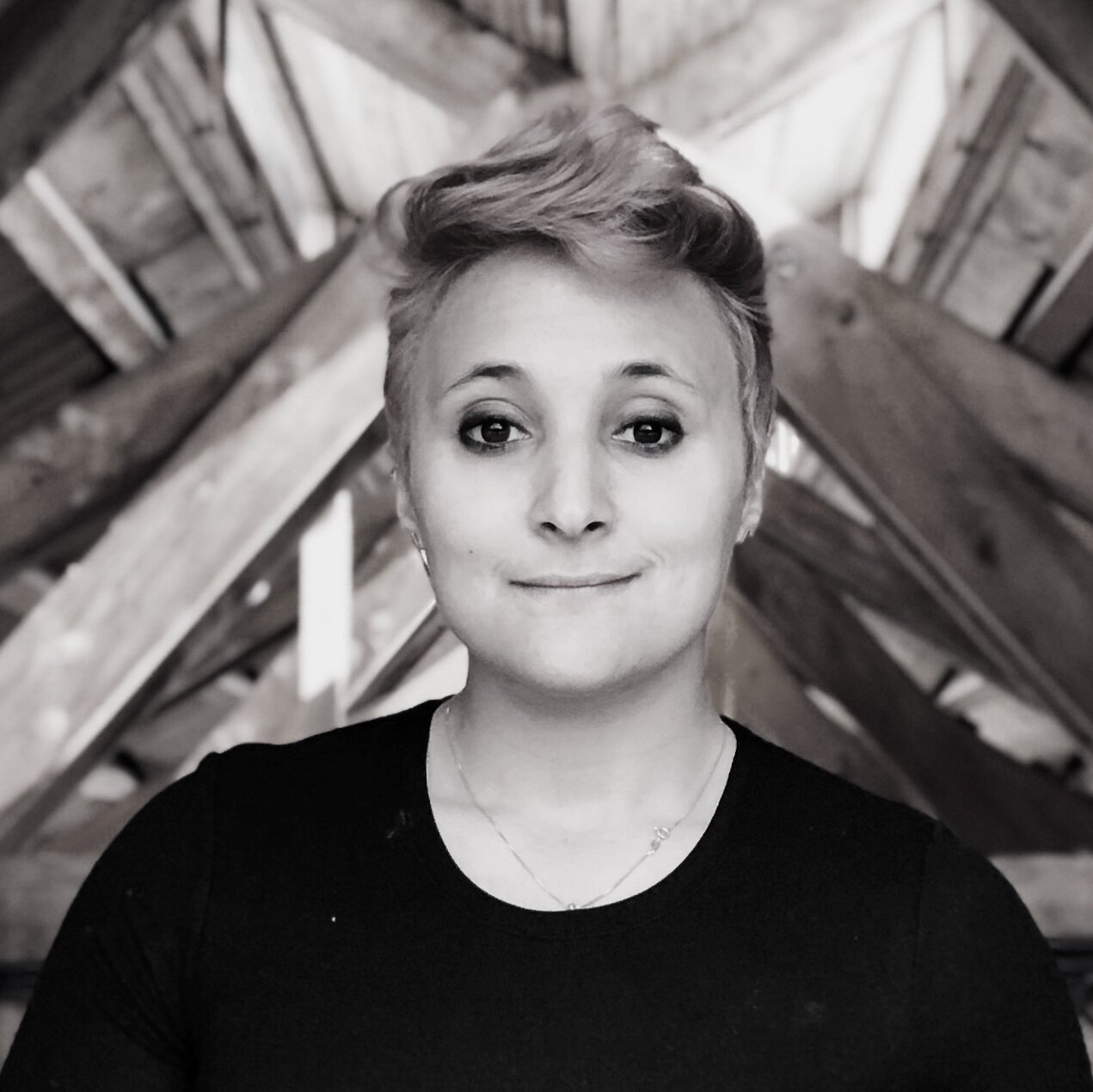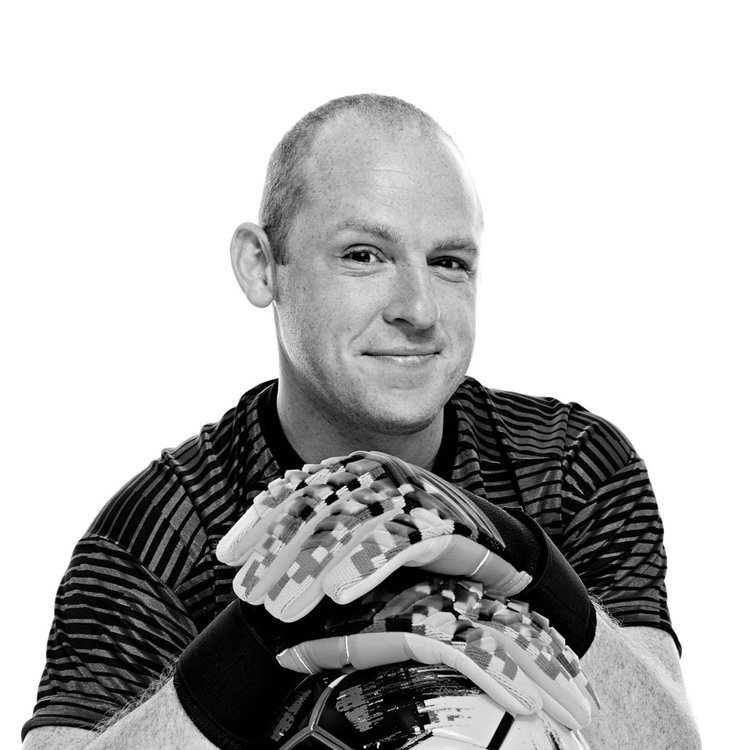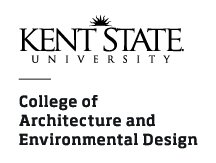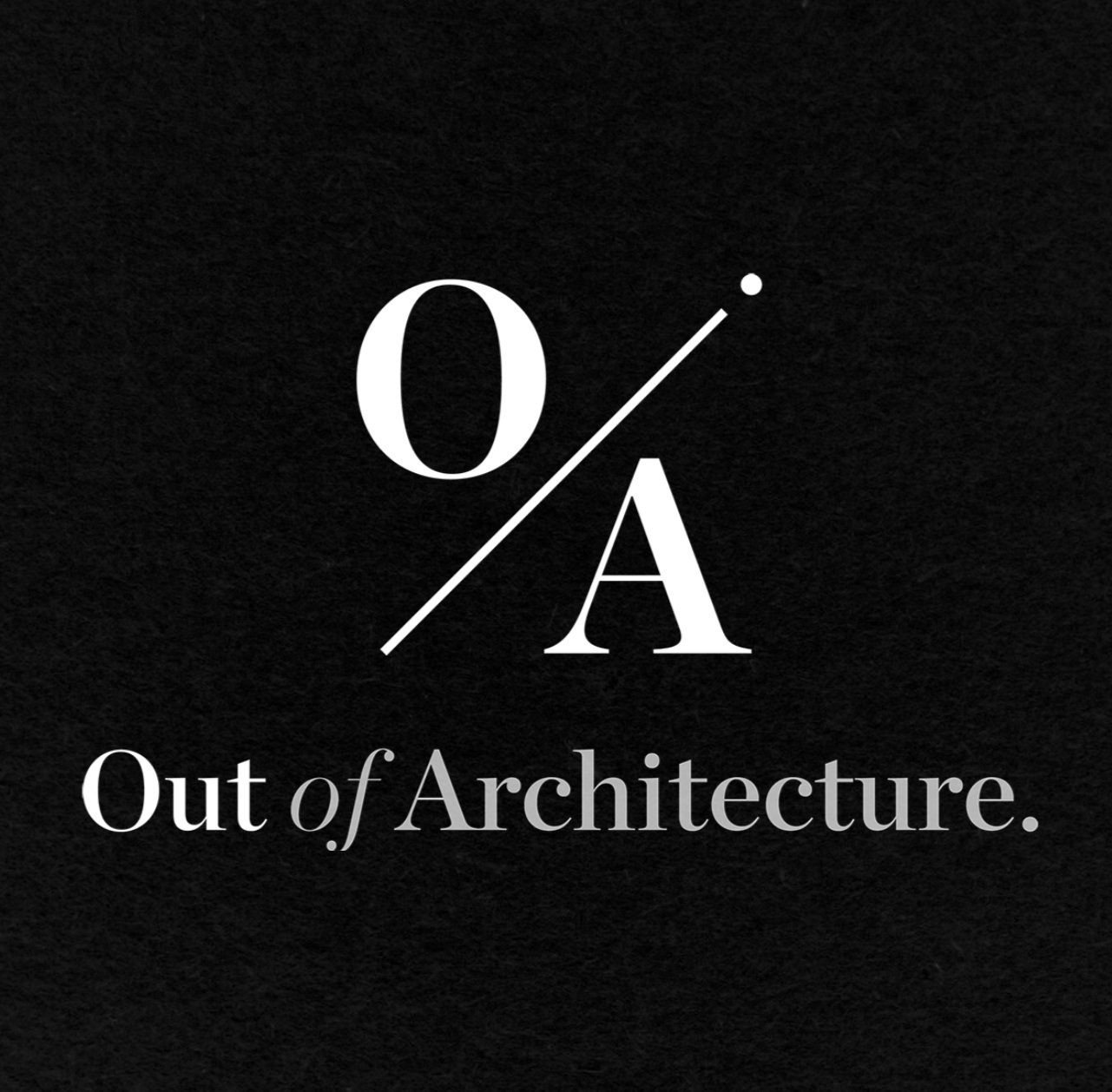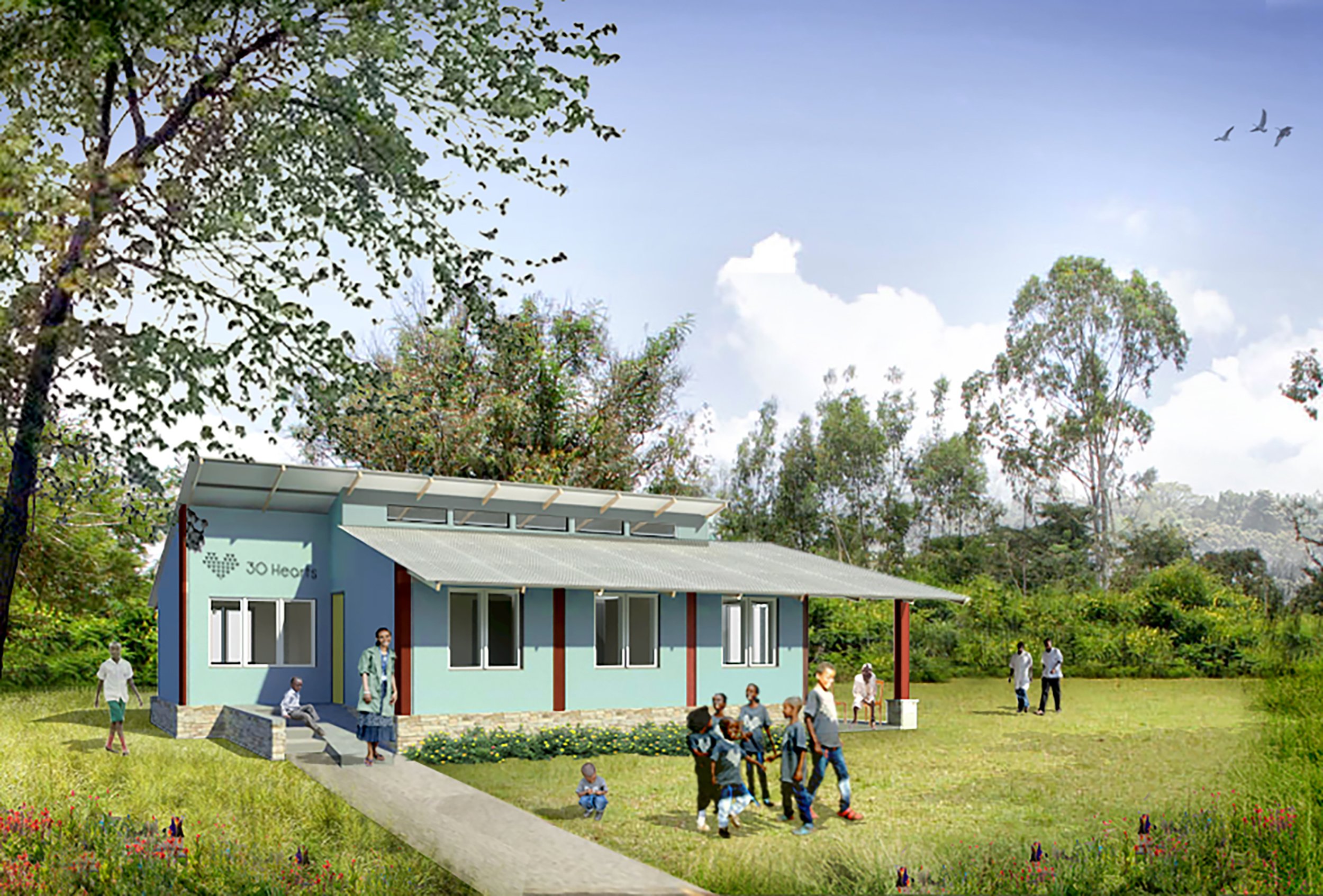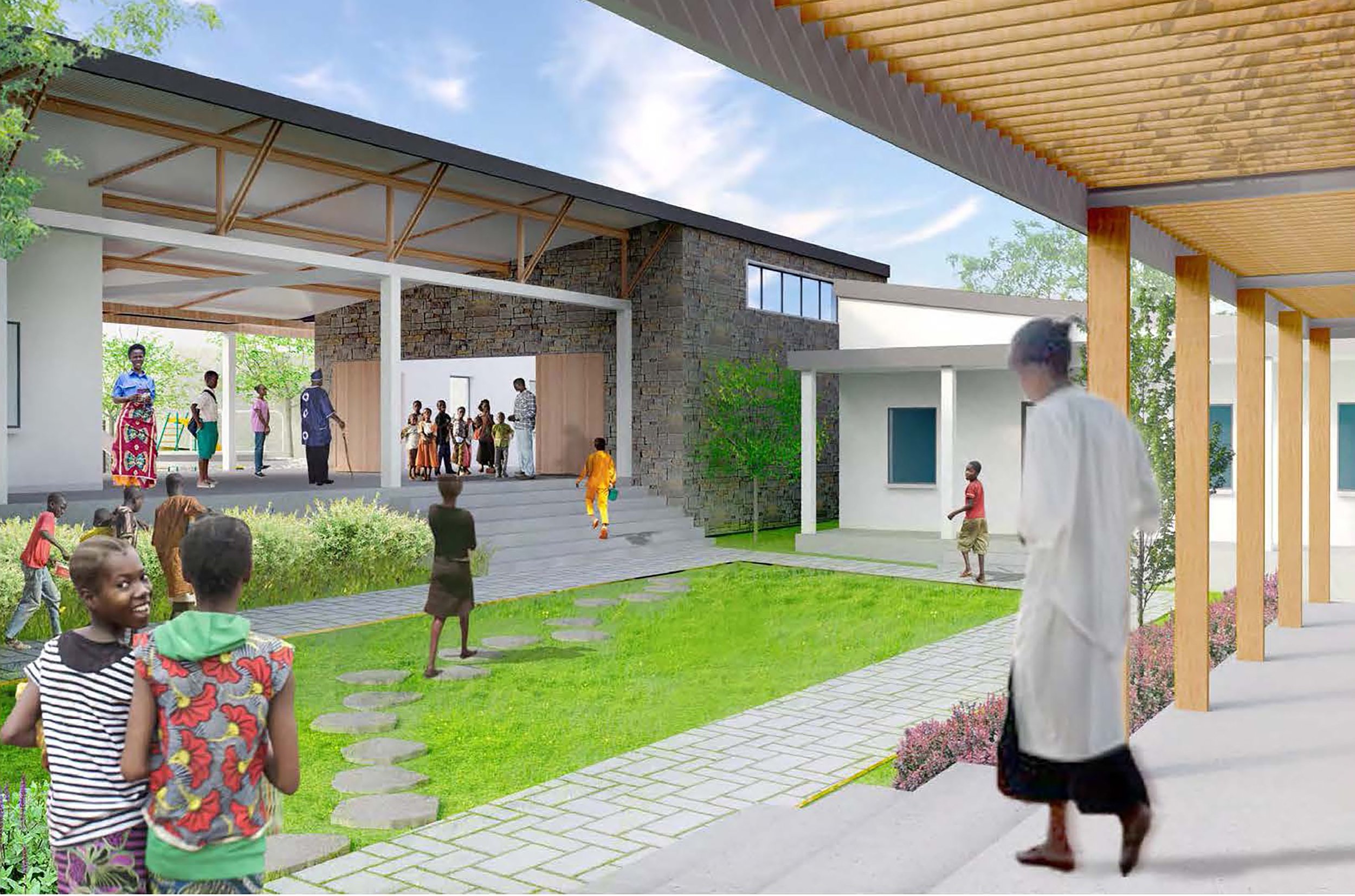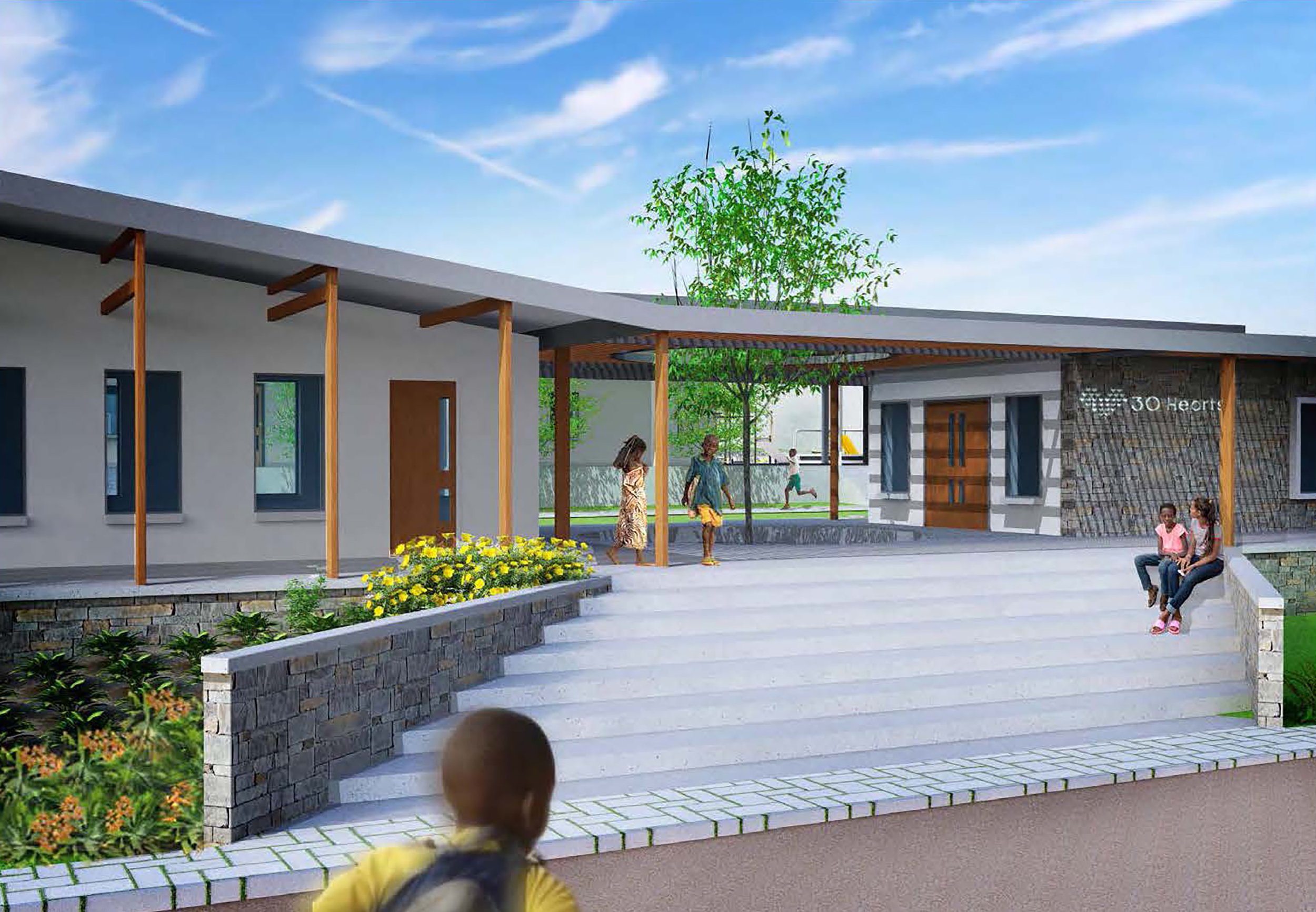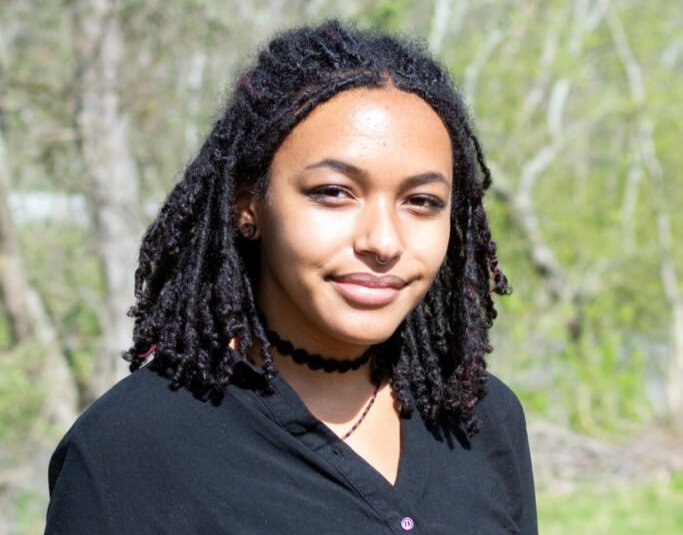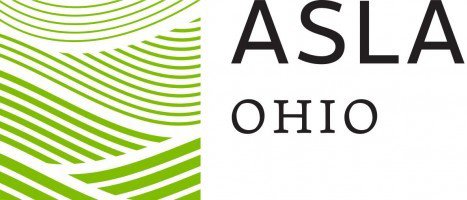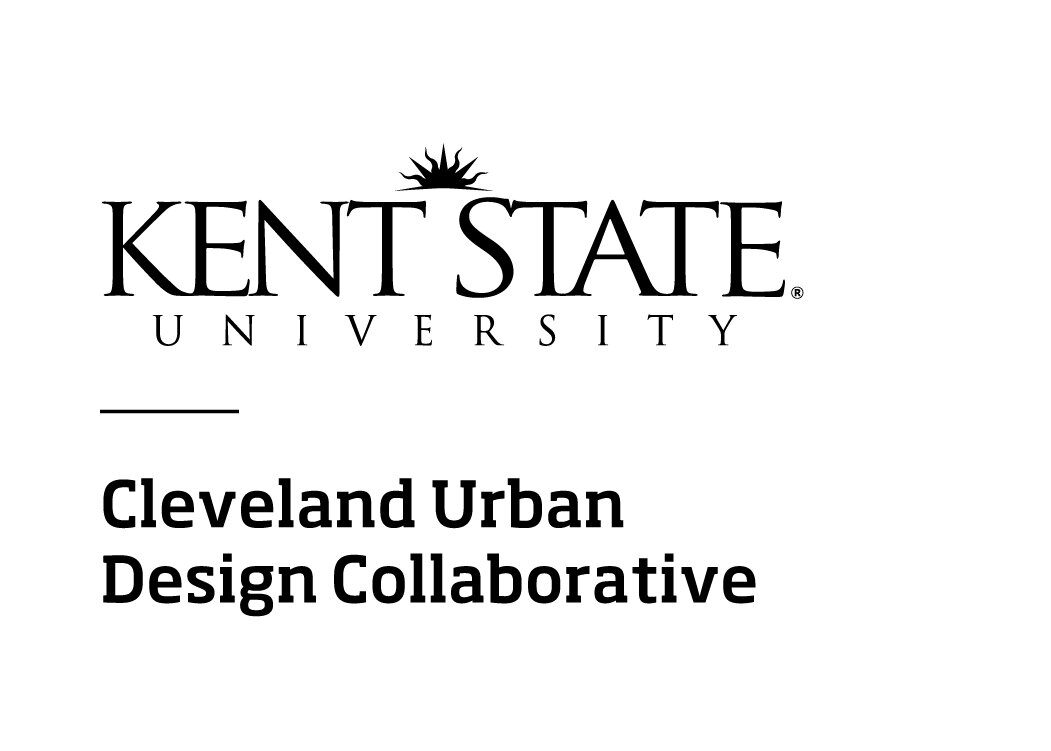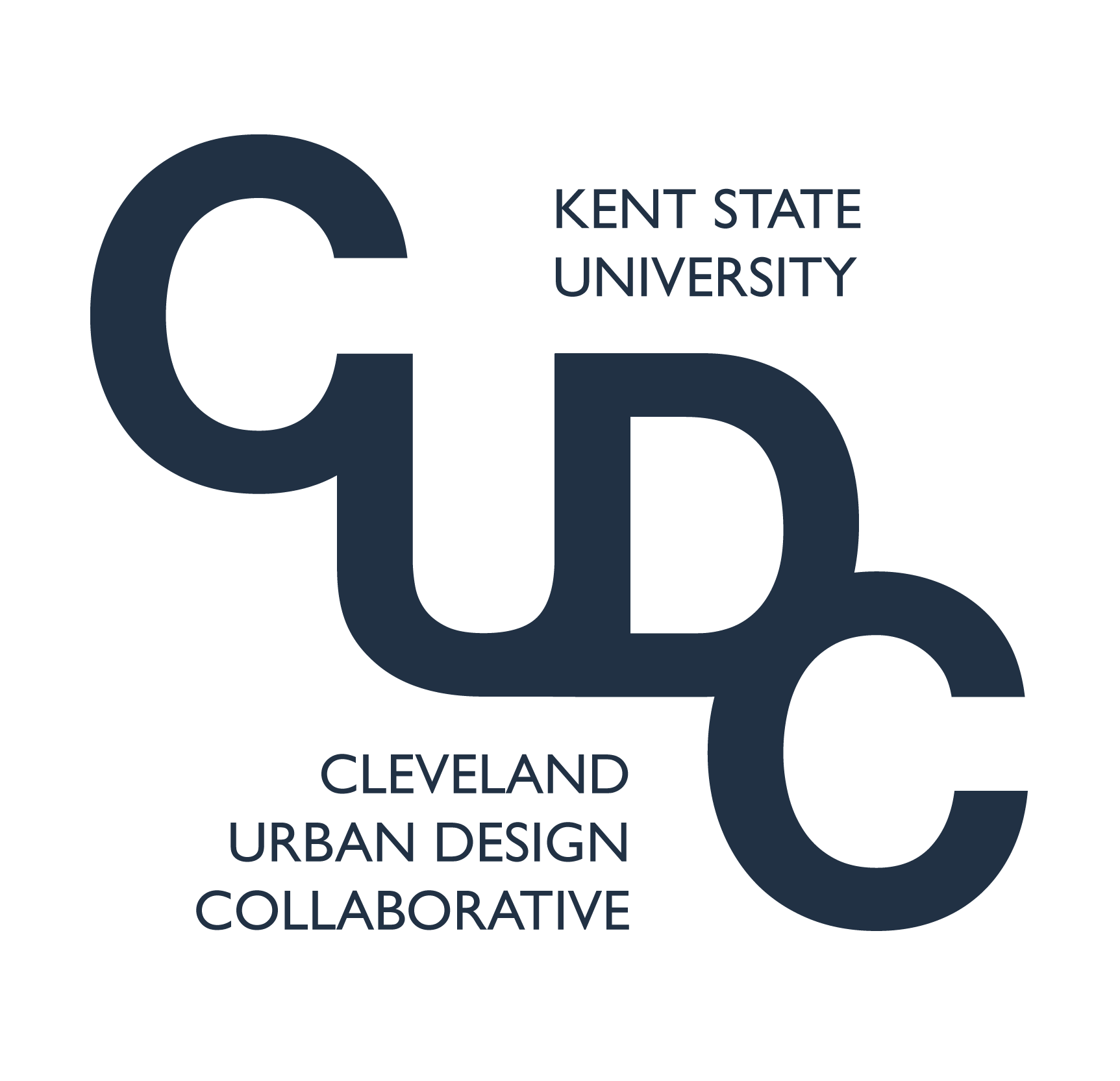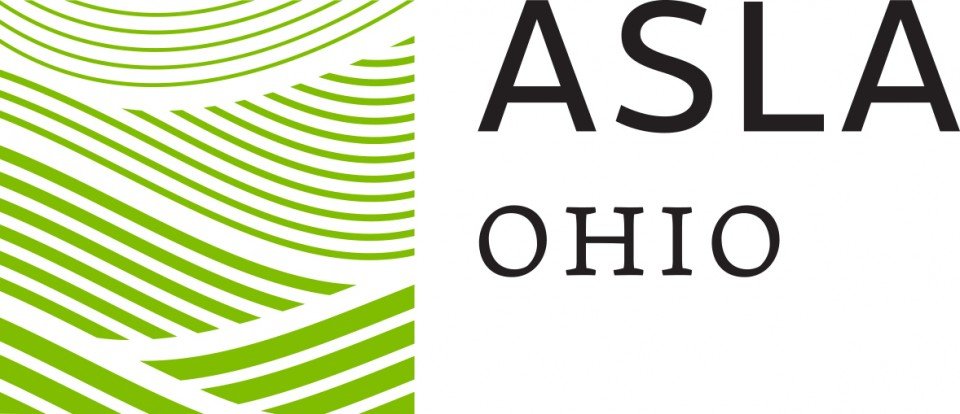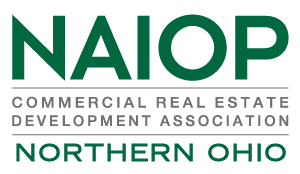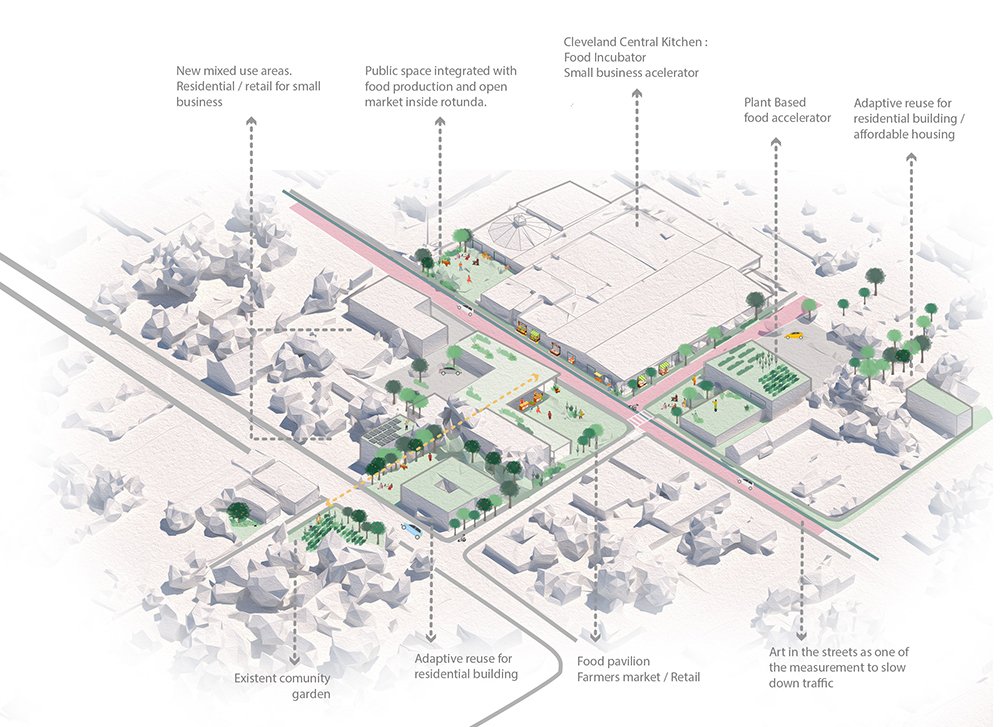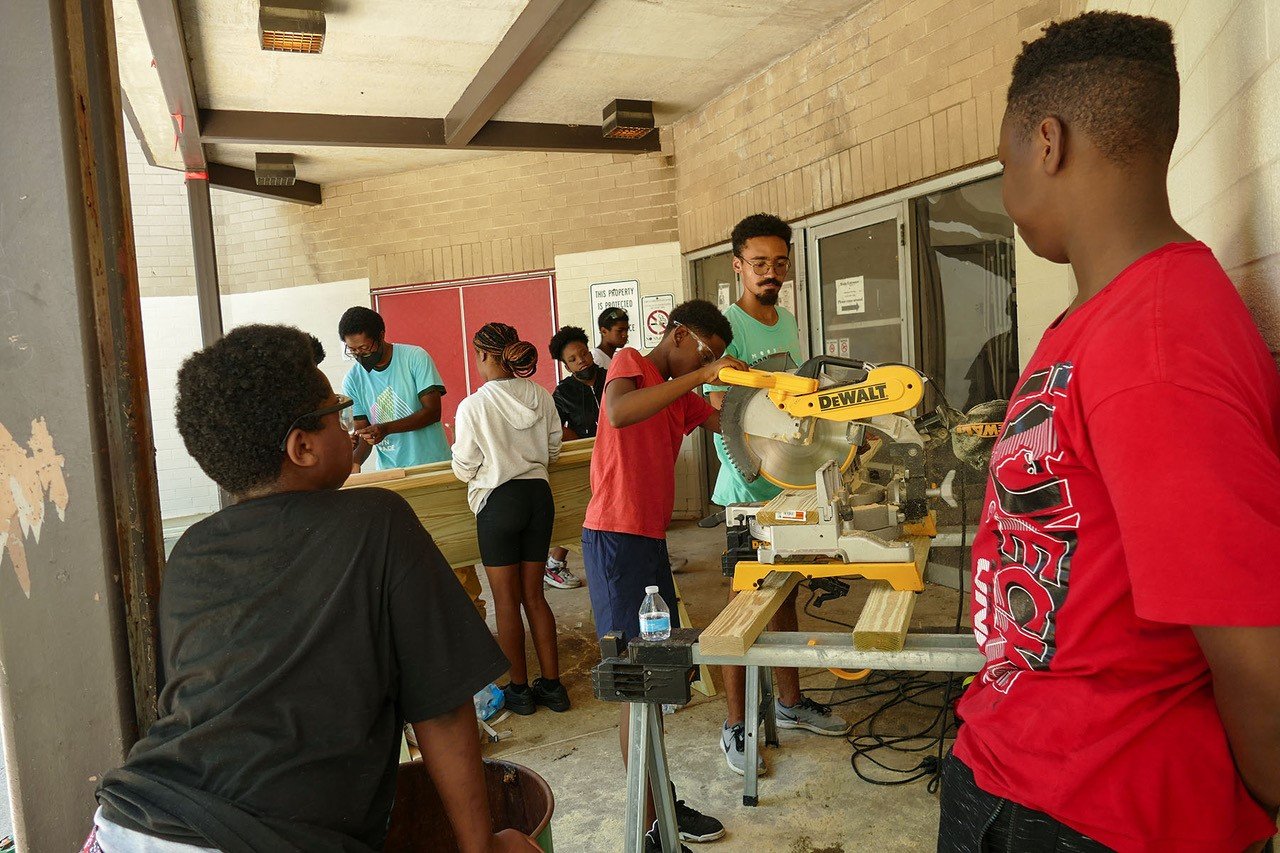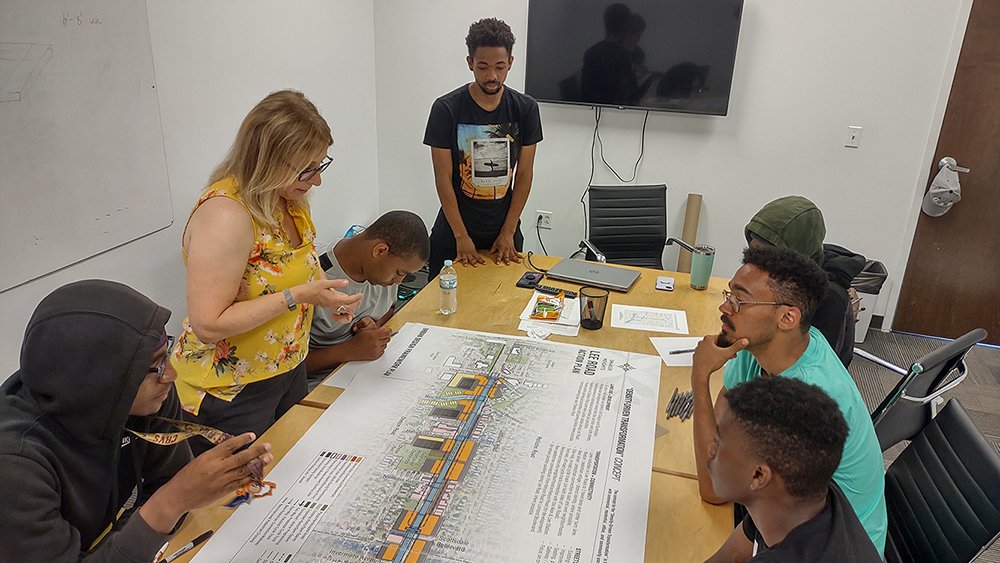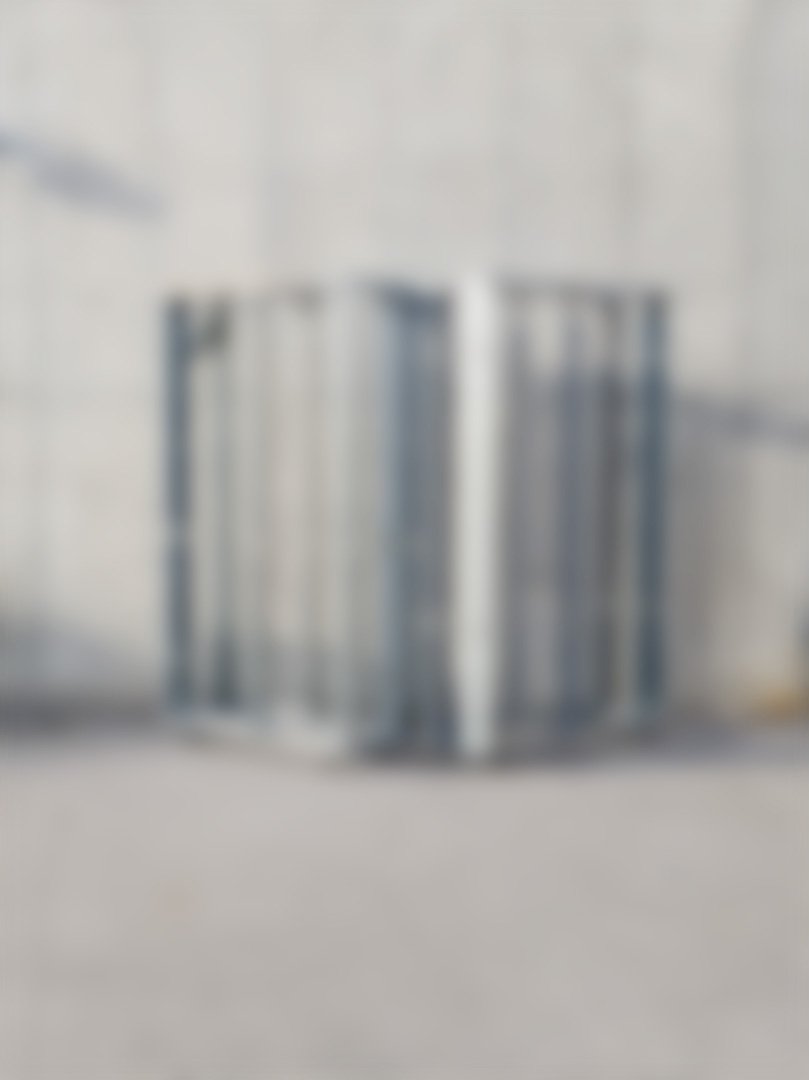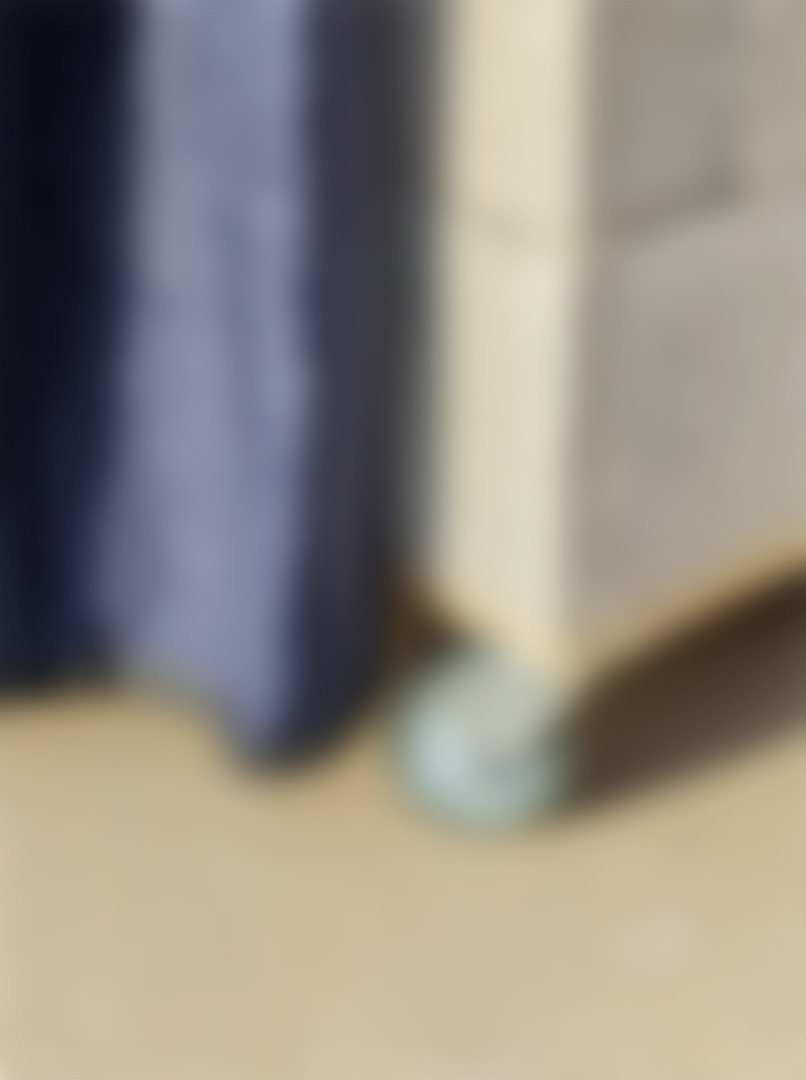Are you a recent graduate with a masters degree in architecture, landscape architecture, urban design, or planning? Are you interested in community design and youth education? If so, we have great news for you! Kent State's College of Architecture and Environmental Design's Cleveland Urban Design Collaborative (CUDC) is offering a one year, full-time paid fellowship.
As a post-graduate fellow, you will be supporting the Making Our Own Space (MOOS) design/build initiative for middle- and high-school students and working on community design projects as part of the CUDC team. You will also develop a fellowship project of your choice. 10% of your work time will be devoted to your fellowship project and a modest budget will be provided.
Eligible applicants will have experience in basic carpentry and fabrication, and excellent drafting/sketching and written communication skills. You must also have completed a graduate program in architecture, urban design, landscape architecture or planning in 2021, 2022 or 2023.
For the full job description and application instructions, please visit the Kent State Human Resources site. The application deadline is May 29, 2023. For more information, contact the CUDC at cudc@kent.edu or 216.357.3434.
Kent State University is an equal opportunity, affirmative action employer committed to attaining excellence through the recruitment and retention of a diverse workforce. Women, minorities, veterans, and individuals with disabilities are encouraged to apply.
